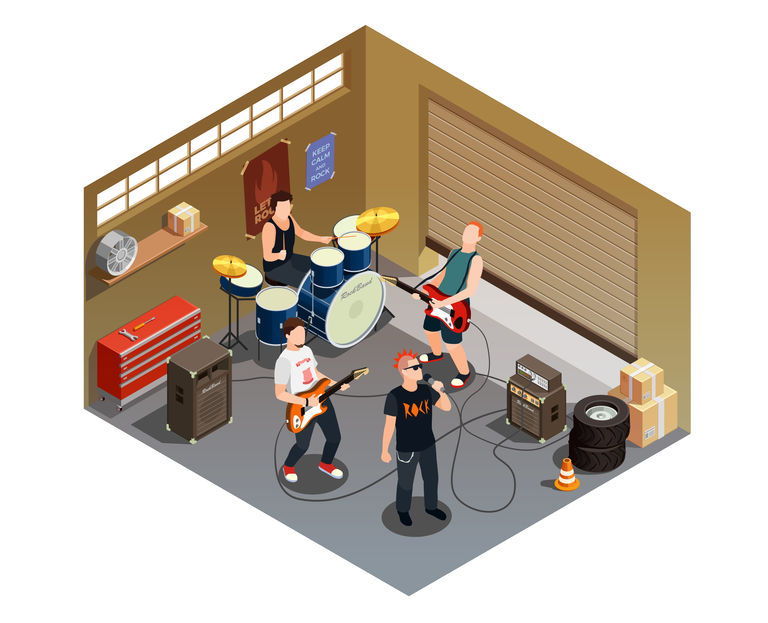The musical artist – band or soloist – operates as a merchant. Its objective is to deliver a valuable product to a particular market. But like any business, success does not depend on the product or service in a vacuum, or only one person. Equally essential elements converge with music that deserve the attention of experts, such as the artist is to his art. Examples are image creation, distribution strategies, and alliances with entities that invest in, or subsidize, efforts. If one were to take care of all of them at the same time, one wouldn’t have time for music. From here, arise the essential roles in an artist’s career:
(1) Manager – The manager is an extension of the artist’s personality, who usually knows him/her best. The manager is the first line of defense between the artists and the rest of the world. Therefore, its contribution is as internal as it is external.
Internally, the manager handles the structure of the team and directs the flow between departments. Trying to ensure that strategies, objectives and timelines are met. Externally, he/she is responsible for obtaining business opportunities and ensuring compliance with these obligations. It is a role of relationships and action, which connects the artist with all other parts of his/her career, and keeps the artist firm in fulfilling obligations and strategies.
(2) Music producer – The producer is the one who works with the artist in the stages of instrumentation, recording and mixing of songs. It can cover other activities such as ‘mastering’ and live sound, but it is less common for someone to attend them all. The producer assumes a therapeutic role, a “performance” catalyst to the artist. That is why there must be a close, almost spiritual relationship between them.
Although many today are their own producers, including those that produce or manage to operate programs such as Ableton, Logic and Pro Tools, the specialized knowledge required to translate recordings to an acceptable transmission quality is often out of reach. The producer is a resource that not only generates a unique sound, but knows how to inject the artist into it, polishing the best possible sound integrity.
(3) Graphic designer. The graphic designer creates the visual identity of the artist – the “look and feel”. Develop logos, covers of singles, advertisements, albums, events and all kinds of visual content that effectively becomes the “brand” of the artist. A good graphic designer is responsible for providing the artist with a “top of mind awareness” in front of his audience, that immediate association that the public makes when exposed to some reference of the artist. His/her main task is to establish that visual distinction, and achieve consistency and quality through multiple media.
(4) Photographer / Videographer. This is the creator of live content. Through his eyes the artist’s lifestyle is manifested. They are responsible for documenting, interviewing and portraying the artist, so that it is known who is the natural person behind the music. In addition, he or she produces music videos of their themes, and other audiovisual inventions, to elaborate a visual experience in tune with the music. Unlike the graphic designer, who shares the responsibility of carving a distinctive image, the photographer / videographer literally presents the artist’s face to the world. How the audience perceives the artist as a person depends greatly on how they see them through their photos and videos.
There are other hats – publicist, lawyer, accountant, page manager, assistant, etc.; The sophistication of the work depends on the magnitude of the project. The question remains: How do we get them? There’s no fixed response. These persons can be met by friendship, kinship, exchange or other ways. The truth of the matter is that there is no way to do it alone.








